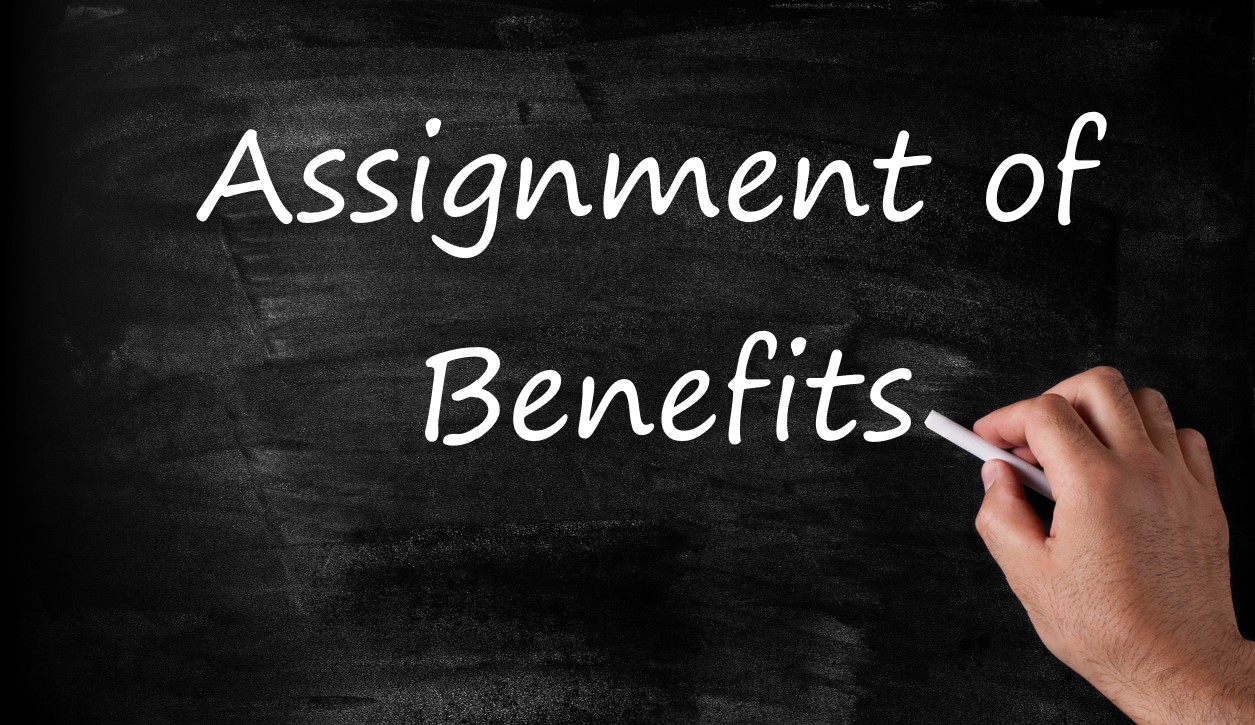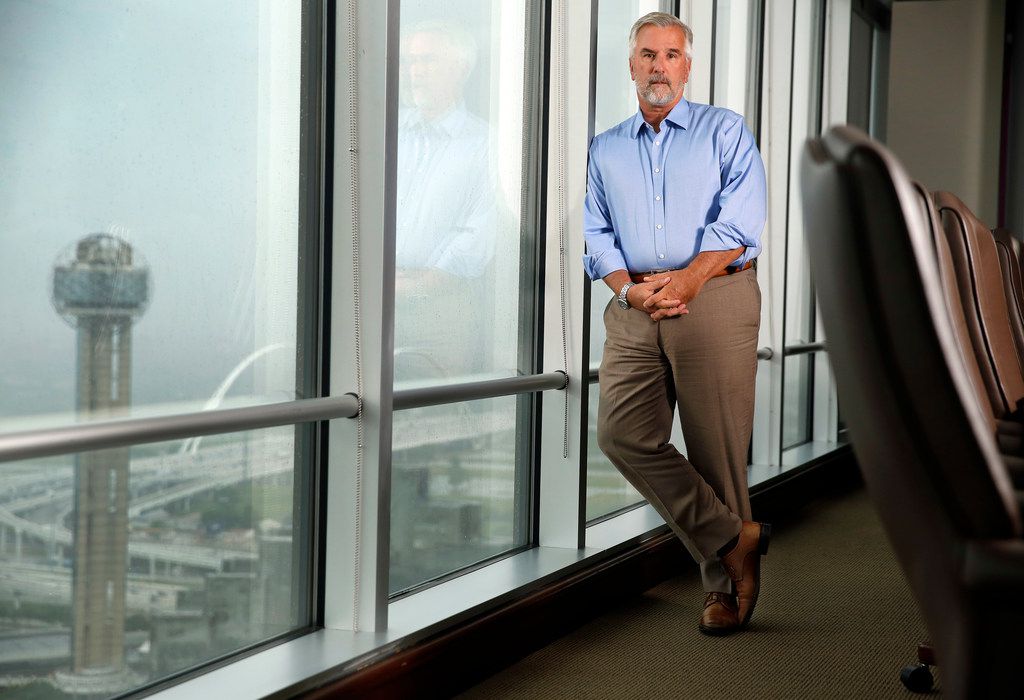On the night of October 29, 2012 the “kings of the hill” in New York knew that they would not be waking up to a City that Never Sleeps. In fact, the lights were out for weeks and the businesses that were at the top of the list – now have to make a brand new start of it.
Without a doubt, millions of businesses were either directly or indirectly affected by this unprecedented storm. Depending on the type policy in force at the time of the storm, many businesses should be able to recover for lost profits caused by the power outages even if the storm did not cause physical loss or damage at the insured property, if the policy includes a Service Interruption endorsement.
The term “physical damage” and “covered peril” of Service Interruption endorsements are always the subject of controversy and litigation. But states like New Jersey, Maryland, Arizona, and North Carolina, have broadly interpreted these endorsements consistently in favor of the policyholder.
In Great American Insurance Company v. Mesh Café,1 the utility company sustained damages due to hurricane flooding and many businesses were left in the dark. The insurance company contended “direct physical loss or damage” excluded losses and damages caused by flooding, but the policyholder argued the phrase “Covered Cause of Loss” modified “damages” only and that a “direct physical loss,” regardless of the cause, was covered. The court concluded coverage was available to the policyholder because it sustained business income losses based upon interruption of water and power supply caused by direct physical loss to the water supply stations and electric power supply.
In Wakefern Food Corporation v. Liberty Mutual,2 the New Jersey Supreme Court interpreted a Service Interruption endorsement and found that the term “physical damage” was ambiguous because it was not defined in the policy and the insured had a “reasonable expectation” of coverage when a power grid failed on its own (not because of a peril). The court found that the generators and transmission lines were physically incapable of performing their essential function under the “loss of functionality” doctrine.
Another example can be read in American Guaranty & Liability Insurance Company v. Ingram Micro Inc.,3 where the court rejected the insurance company’s argument that there was no “physical damage” to the property because the computers could be reprogrammed and functionality could be restored. The court actually found that loss of use and functionality of the computer system for a period of time constituted covered “physical damage.”
Many businesses affected by Hurricane Sandy will be told flood was the cause of the power outage at the utility and because flood is an excluded peril, there is no coverage under the Service Interruption endorsement. Businesses should not accept this outcome without first consulting with a property insurance attorney that understands the framework under which these claims get paid.
1 590 S.E. 2d 431 (N.C. App. 2003).
2 968 A.2d 724 (N.J Supp. Ct. 2009).
3 No. 99-185, 2000 WL 726789 (D.Ariz. April 19, 2000).



